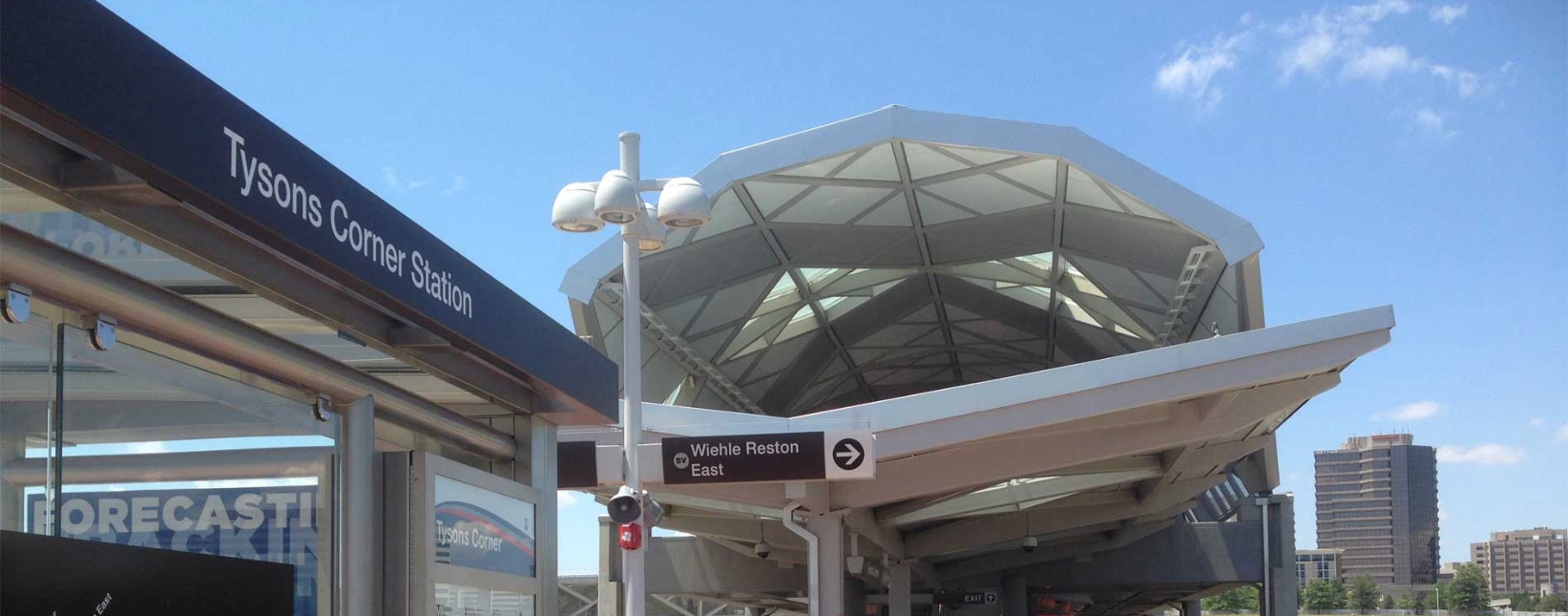Connolly Holds Hearing on FITARA Scorecard, Examines Updates to Improve Oversight Tool
Washington,
January 20, 2022
Tags:
Technology
Today, Rep. Gerald E. Connolly, Chairman of the Subcommittee on Government Operations, held a biannual hearing to assess implementation of the Federal Information Technology Acquisition Reform Act (FITARA), Modernizing Government Technology (MGT) Act, and the Federal Information Security Modernization Act of 2014 (FISMA), and consider opportunities for modernizing future iterations of the FITARA Scorecard. “Key pillars of the FITARA Scorecard—including cybersecurity and IT modernization—remain on GAO’s high-risk list, highlighting the need for continued oversight of these issues,” said Chairman Connolly in his opening statement. “To conduct such oversight effectively, the FITARA Scorecard must accurately reflect the progress agencies have made in their IT efforts, which will in turn motivate agencies to prioritize meaningful changes to their IT infrastructures.” The Subcommittee heard testimony from Ann Dunkin, Chief Information Officer for the Department of Energy; Guy Cavallo, Chief Information Officer for the Office of Personnel Management; Carol C. Harris, Director of Information Technology and Cybersecurity for the Government Accountability Office; David Powner, Executive Director for the Center for Data-Driven Policy, MITRE and former Director of Information Technology and Cybersecurity for the Government Accountability Office; Suzette Kent, CEO of Kent Advisory Services and former Federal Chief Information Officer; and Richard Spires, Principal at Richard A. Spires Consulting. Members and witnesses highlighted how over the last six years the FITARA Scorecard has driven positive change in acquiring and managing information technology systems across 24 federal agencies, saving taxpayers more than $20 billion and improving the management and security of federal IT systems.
Witnesses explained that the Scorecard is a critical tool to drive progress, but Congress must ensure it evolves to reflect new best practices, the continually changing nature of IT services, and the innovative ways to measure IT improvements.
Members discussed how a variety of factors have resulted in stalling grades on the Scorecard and explored possibilities to update the Scorecard so that it will continue to serve as an effective tool for oversight of IT management and acquisition.
|

Press Releases
SUBSCRIBE
SUBSCRIBE
Sign up to get news and updates from Rep. Gerry Connolly directly to your inbox.


